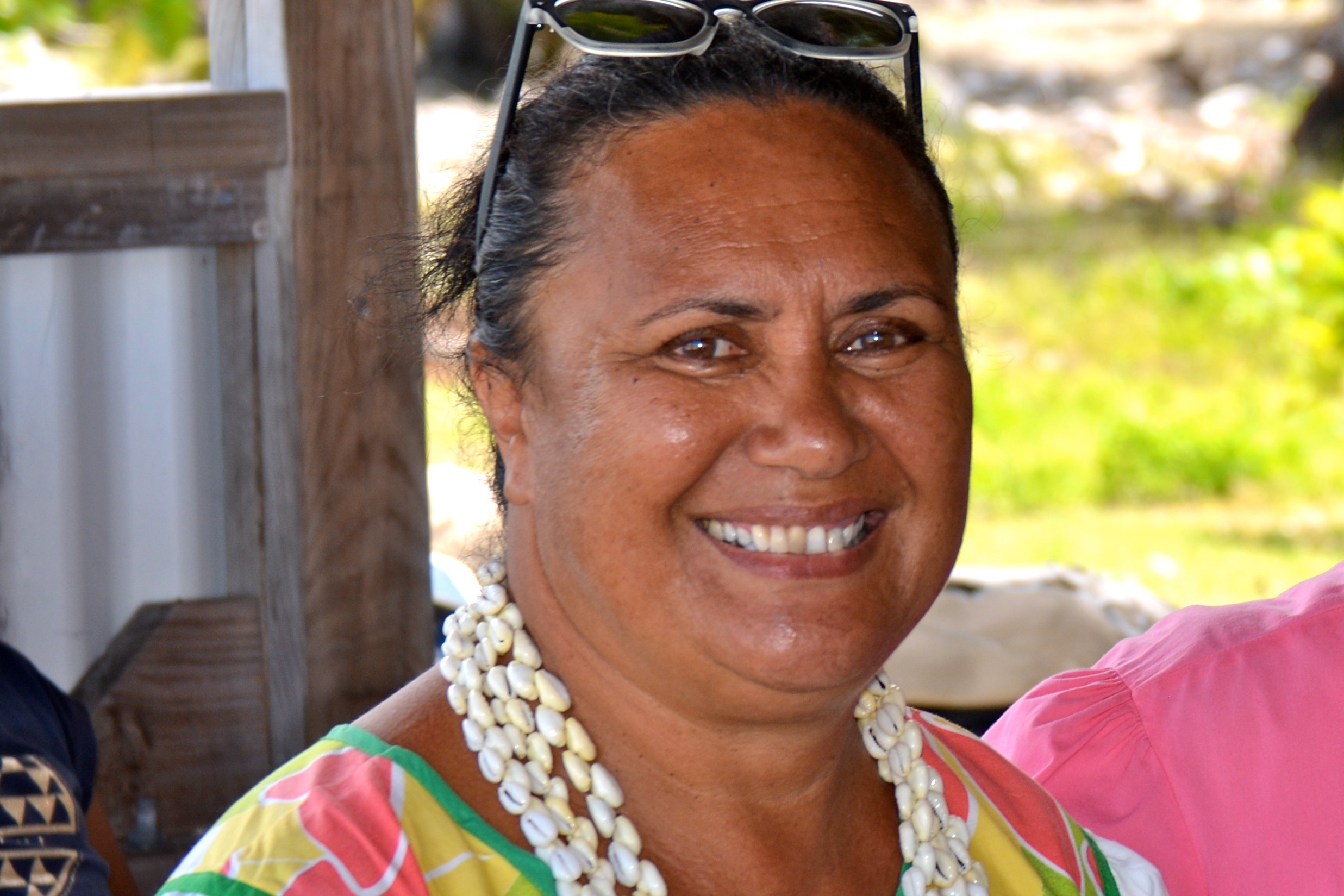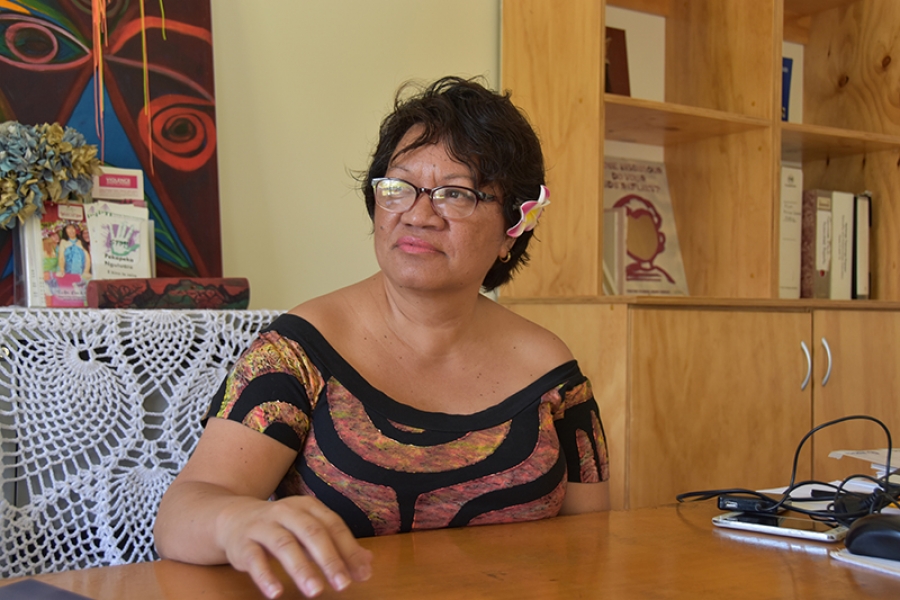A recent report has concluded that Melanesian people retain DNA links to long-extinct forms of human life. The discovery, reported in the journal Science, adds to the growing body of evidence that all humans alive today are basically hybrids of ancient humans.
Melanesians retain both Neanderthal and Denisovan ancestry in their genes, according to new research that finds they are about two per cent Neanderthal and between three -to-four per cent Denisovan.
This means that Melanesians – people native to Vanuatu, the Solomon Islands, Fiji, Papua New Guinea, New Caledonia, West Papua and the Maluku Islands – have the highest degree of archaic human ancestry ever documented.
Neanderthals and Denisovans went extinct several thousand years ago, so the family roots of Melanesians go incredibly deep.
The discovery reinforces the concept that all humans alive today are basically hybrid of ancient hominids.
“I think there is no such thing as a purebred modern human,” senior author Joshua Akey of the University of Washington’s Department of Genome Science told Discovery News.
“All of our genomes are a mosaic of different ancestries, and admixture is a recurring theme throughout human evolutionary history.”
For the study, Akey and his team analysed the genomes of 1523 individuals from around the world, including 35 Melanesians.
They confirmed prior findings that all non-African people inherited roughly 1.5 to 4 per cent of their genomes from Neanderthals.
Melanesians, however, were the only population that also had significant Denisovan ancestry.
Such seemingly small percentages are misleading, because the researchers also found strong evidence that recurrent natural selection against archaic DNA sequences happened as the various human groups interbred.
As a result, today’s Neanderthal and Denisovan heritage percentages likely don’t reflect the true amount of interbreeding that took place.
“What we know of Denisovans comes from a pinky bone from a cave in northern Siberia, yet the only modern human population with appreciable levels of Denisovan ancestry is a couple of thousand miles away from that cave, in Melanesia,” Akey said.
The finding suggests that the range of the Denisovans was much larger than that of the Neanderthals, extending all the way from Siberia down to Southeast Asia
“It’s unclear why Melanesians are the only modern human population now that has an appreciable percentage of Denisovan ancestry.”
Akey said: “Our data suggests matings with archaic individuals may be more prevalent than currently thought.”
The regions of the modern human genome that appear particularly depleted of archaic sequences are those that play a role in speech and language development, suggesting that these skills could have set modern humans apart from Neanderthals and Denisovans.
Anne Stone, a professor and director of the Center for Bioarchaeological Research at Arizona State University, points out that regions of our genome that are less likely to contain archaic DNA are those areas that “encode important adaptations for modern humans – i.e. what makes us modern human, while those that contain more archaic DNA may represent regions where archaic adaptations were advantageous.
Based on earlier research, such advantages might have included changes to immunity, hair and skin to better match the needs of out-of-Africa environments.
Akey and his team also mapped out the genetic flow of the Neanderthal and Denisovan sequences and found that Neanderthal gene flow (admixture) with modern human DNA occurred at least three distinct times in modern human history.
The researchers only found evidence for one such admixture event with Denisovans.
Anthropologists are not entirely sure where and how the fateful matings between modern humans migrating out of Africa and Neanderthals and Denisovans took place.
Akey, however, said that he and his colleagues “can order the times of distinct admixture events, including admixture that occurred in all non-African populations shortly after the out-of-Africa dispersal; another pulse of admixture that occurred in the ancestors of Europeans and East Asians after they diverged from Melanesians; and a third pulse of admixture with the ancestors of present day East Asians after they diverged from Europeans.”
He suspects that modern humans mated with Denisovans in Southeast Asia before some of those individuals travelled to Melanesia.
Kirk Lohmueller, an assistant professor in the Department of Ecology and Evolutionary Biology at the University of California, Los Angeles, commented that the new research “is significant because it shows that there were multiple waves of admixture between modern human populations and archaic hominids.”
Very little is known about the Denisovans. The first evidence of them was discovered in Denisova Cave in Siberia in 2008, and DNA from their fossils suggests they shared an origin with Neanderthals but were nearly as genetically distinct from Neanderthals as Neanderthals were from modern humans. - DN











































